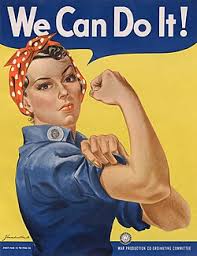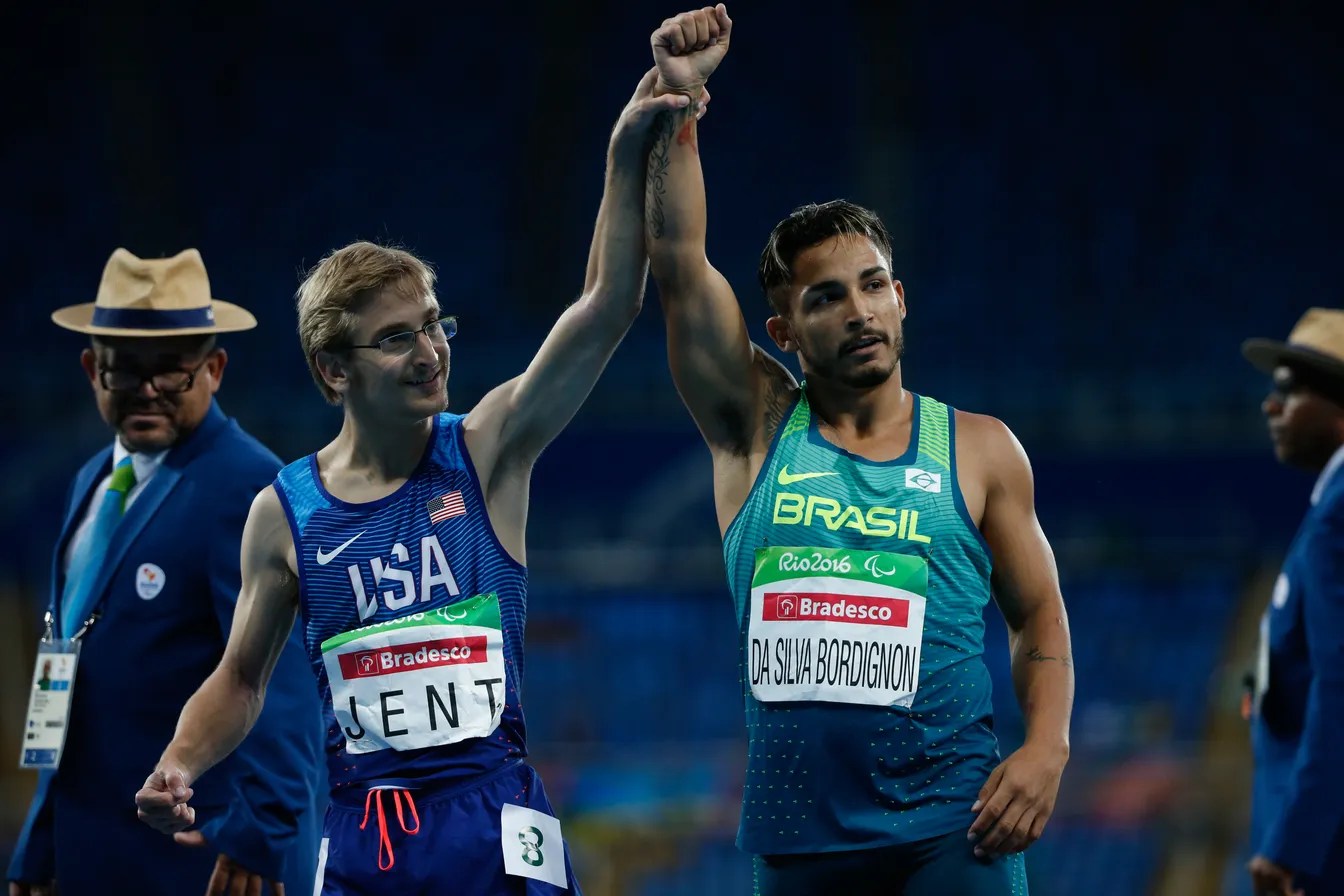2 Chapter One: Sports Feminism
Rebecca Redfearn
Section One: The Fundamentals
A) What do we know about sport? What are common assumptions we make about sport and society?
| Sports Reflect Social Values and Norms
Sports were made in a way that does reflect social norms and values through a variety of aspects. Sports were initially made as a way to train and display young athletes for the intricacies of warfare. The first sports originated in Greece where the first Olympic Games was recorded as a way of honouring the god Zeus (Ancient Olympic Sports – Running, Long Jump, Discus, Pankration, n.d.; The Games | the Real Story of the Ancient Olympic Games – Penn Museum, n.d.). Sports have evolved to no longer reflect the challenges of preparing for war or religious ceremonies, however still do reflect the societal values of the day. Sports encourage fair play, hard work, commitment, and self-discipline. It is a place for national pride, think of your favorite sports team, is it from your own Country? Province? Town? Or do you have a cultural attachment to it? Sports are a place for children to learn social structures and improve community interaction. On the opposite side of the coin, sports are a way to reflect social issues, they include exclusion, discrimination, and even economic disparities. Whether or not personal values and norms are reflected in sport, it is true that social norms and values are found to be reflected through sport. |
Exercise 3: Notebook prompt
What are some other metanarratives about sport that you are familiar with? Find an image or video clip or draw something yourself that captures this idea…
So what? Why does any of this matter? Does it matter? As something we grow up with – live with – play through – we don’t often interrogate the meanings of sport, and perhaps we don’t want to.
But being aware of these assumptions and metanarratives is especially important, I would argue, because of the centrality of sport to our everyday lives, the role that sport plays in shaping our childhood and worldviews and….. [finish that thought]
| But being aware of these assumptions and metanarratives is especially important, I would argue, because of the centrality of sport to our everyday lives, the role that sport plays in shaping our childhood and worldviews and…
the way it influences our understanding of how we see ourselves and connect with others as well as how we make sense of the world around us. Sports are not just about games or competition, it a way to reflect on individual values and beliefs as well as what is important in our lives. Sports provide a view on important messages such as how individuals take in success, teamwork, gender, and belonging as well as how we can influence the up bringing of todays youth. By paying attention to the messages that are shared with youth through sport it is important to understand how if if inclusion and teamwork is being expressed. The photo below shows how teamwork is an important metanarrative for youth and that sharing the love and passion for sports as well as ensuring that everyone feels included is important. The photo shares that people of various ages, skill levels, enthusiasm, and strengths are important and can be celebrated. |
B) What is social justice?
Exercise 4: Padlet Prompt
Think back to the last section and try to look at some of the ideas we discussed differently. How might sport and social justice actually co-exist?
Record any images, video clips, or gifs you added to the padlet and identify a point of intersection between sport and social justice (can be an issue or a barrier or a debate or something you would like to explore in more depth in this course) . Screenshot or paste in your response below.
| Sport and social justice can co-exist in health and well being by promoting inclusivity, equality, and access to physical activity for all individuals. It does not rely on socioeconomic background, gender, race, or physical ability. When used for generating empowerment sport can be used to challenge inequality, can be used to foster a sense of community as well as provide marginalized groups with the opportunities as well as improve personal and team growth.
Although it is great to imagine a world of equality, it is important to also consider the challenges that come with obtaining proper facilities, working with available coaches as well as resources. Sports can be a fantastic tool for addressing discrimination, mental health and well being, social connection, and individual development, it can also be a source of unhealthy completion, superiority, and discrimination.
|
C) Social Justice Reading
D) KINESIOLOGY AND SOCIAL JUSTICE
Exercise 5:
Exercise 6:
What are the implications of bodies-at-risk discourse and the refusal to understand the health gap from a social justice perspective, according to the authors of this article?
| Sport and social justice can coexist by utilizing the appeal of sports and athletics to help promote equality, inclusion, and empowerment between all ages of individuals. Sports provide an area for diversity and a way to address systemic issues and challenge discrimination. When athletes, organizations, and fans unite in a way that empowers the shared values, commonly fairness and respect, sport can become a way for society to begin change and amplify marginalized voices which in turn can help drive policy reform. Take for example the FEI has just recently permitted the use of rubber and synthetic bits in Dressage as wall as having the use of spurs are optional for all riders. This has been a belief in the Dressage community that has been making its way into the rules for a long time. This change has allowed riders of varying abilities as well as horses that compete better with certain equipment to feel more comfortable when at work. These campaigns show how sport can actively work towards social justice and improved equity between competitors when inspiring individuals and communities to take meaningful action. |
Section Two: Sport Feminism
Exercise 7: Notebook Prompt
What is feminism? What does it mean to you? Choose one of the images below and explain how it captures your understanding of feminism (or find one that does speak to you and paste this into your pressbook with an explanation of why it matters to you.
| Feminism means the ability to live in equal way to all others. This includes working for equal pay, not having a pink tax, reproductive rights, equal opportunities, and overall respect. To me feminism means equality for all not just women, but the right for everyone no matter gender, age, or belief to be given the same opportunities and privileges as anyone else with their capabilities, knowledge or experience.
The image that captures feminism within my beliefs is Rosie the Riveter. Rosie was first introduced during World War 2 when the workforce required women to step into a traditionally mans role while the men were fighting in the war. These women worked in shipyards or factories and performed a “mans role” within these companies. During this time was when women were more accepted into the labor force and lead to a change in social norms. During my life I have performed and learned traditional, even to this day, men’s jobs, and have been faced with those who overlook me simply due to my gender. An example of this is a neighbor of mine has to move corn from his silo to the trucks on a yearly basis. Every year he contacts my older and younger brother to assist as well as other young men from my area. Although this infuriates me when I am passed over I make a point to reach out and provide assistance where I can. The importance of Rosie the Riveter to me is that she imbodies the empowerment of women in the workforce and encourages women to take on a traditional men’s jobs and prove to others that simply because history has stated that something is “supposed to be one way” that it can be proven wrong. |

Exercise 8: Notes Prompt
Exercise 9: Crossword Activity
Exercise 10: Padlet Prompt
 |
Media Attributions
- download


